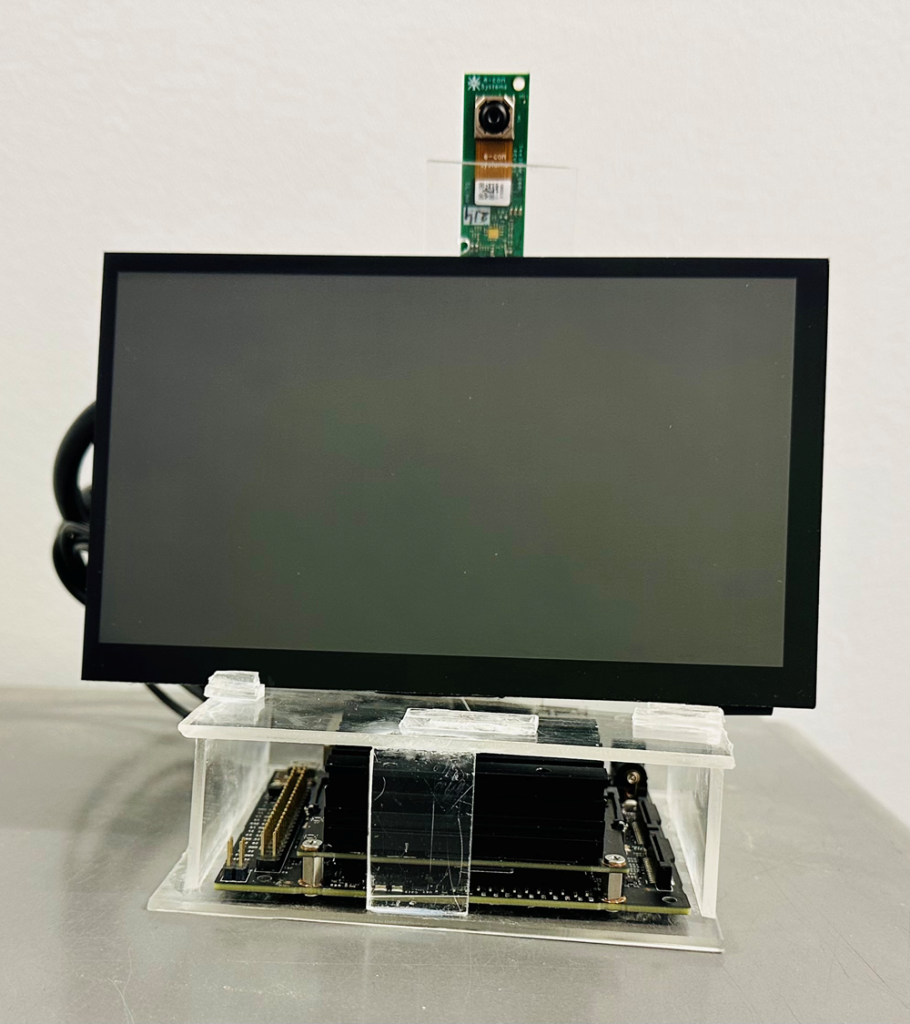
Vision-based Biometric Systems
The quality of the acquired raw face data is one of the main factors affecting the overall performance of face analysis and recognition systems. Low facial samples generate facial biometric artifacts, increase enrollment failure, and prevent the face recognition system from assigning the correct identity to a face, thus decreasing the system’s performance. Therefore, controlling the quality of the acquired facial data is essential to avoid the complexity of the recognition procedures and achieve a proper facial authentication system. Therefore, performing the quality assessment when capturing the facial data (real-time) could be a straightforward approach to addressing the problem. We provide an AI-vision-based solution to capture the best quality images by implementing face-aware capture to give a completely open-source hardware solution. This project was co-supervised by Dr. Stephanie Schuckers and funded by NSF CITeR, which has a partnership with government and industry stakeholders to advance state of the art in human identification capabilities through coordinated university research. Currently, we are developing a Biometric foveal vision camera to capture the short-range face and non-contact finger images from stationary subjects, which can be adapted to other biometric capture. An extended version can be used for the long-range face and gait capture from on-motion subjects.
Sensors for Child Biometrics
Another dimension of our research is to develop suitable age-independent biometric sensors for children acknowledging that biometric measurements change with age in children. The first step of this research is to investigate the actual aging effect on child biometrics which includes determining the earliest age that a biometric measurement is usable, how it changes with age, how to account for these changes in equipment used to identify individuals, and whether any measurements can be taken to estimate the age of the individual. Through multiple CITeR grants and under Dr. Stephanie Schuckers’s supervision, we have collected a large dataset from children’s biometrics, including fingerprint, footprint, iris, wrist/palm vein geometry, voice, and face. These biometric measurements continue approximately every six months from when an individual begins until they graduate from high school if they elect to participate each time.

